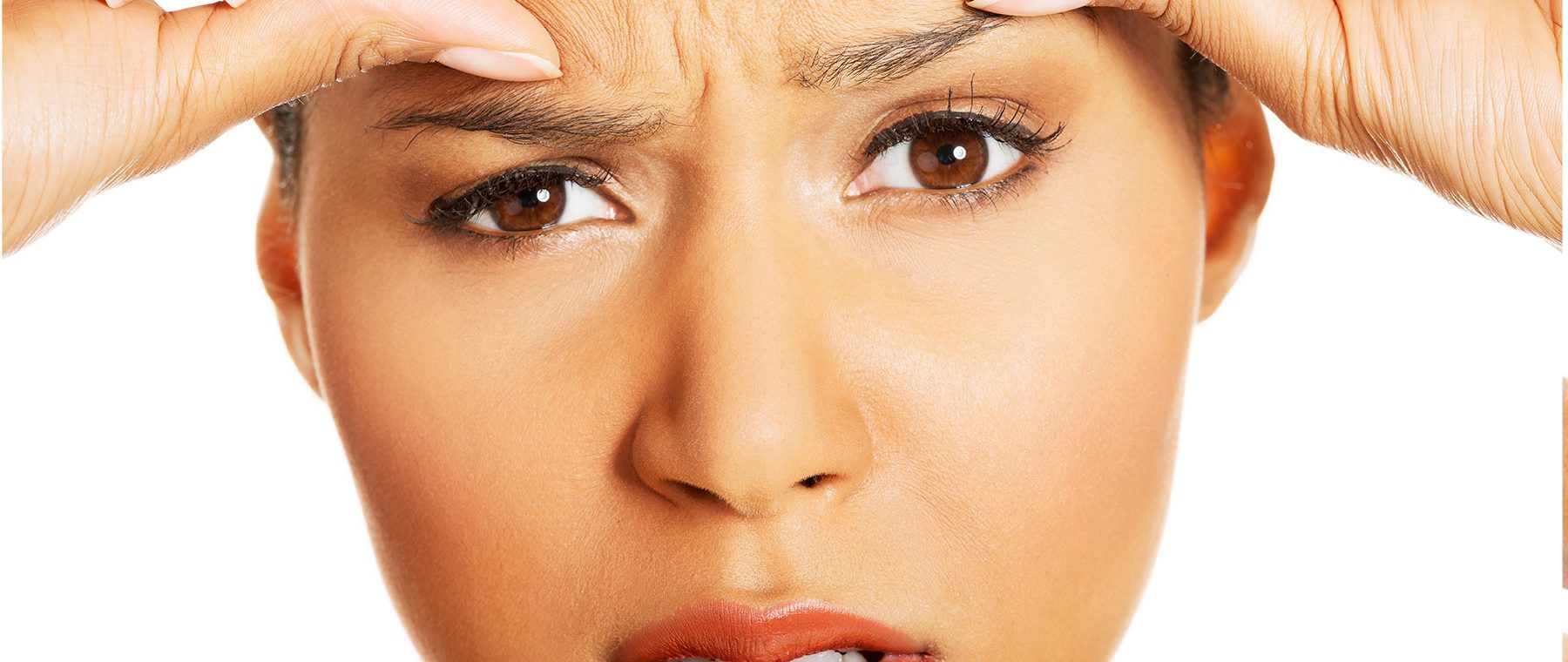Botox, which is generated from a toxin known scientifically as botulinum toxin, has been medically approved for 30 years. It constantly astounds experts with its diverse applications. Botox treatment is implemented in a variety of medical conditions as well as in many cosmetic cases. Nowadays, along with its popularity as a cosmetic treatment, it’s frequently used to cure medical disorders such as chronic headaches (migraine), back, neck, and shoulder pain, TMJ Bruxism, excessive sweating (Hyperhidrosis), twitching eyelids and around the eyes, Botox is generally considered a safe and painless procedure if used in small and deliberate amounts and given by a specialized doctor. However, this treatment has its risks that each specialist who uses Botox, whether for cosmetic or therapeutic applications, must inform their clients before the procedure.
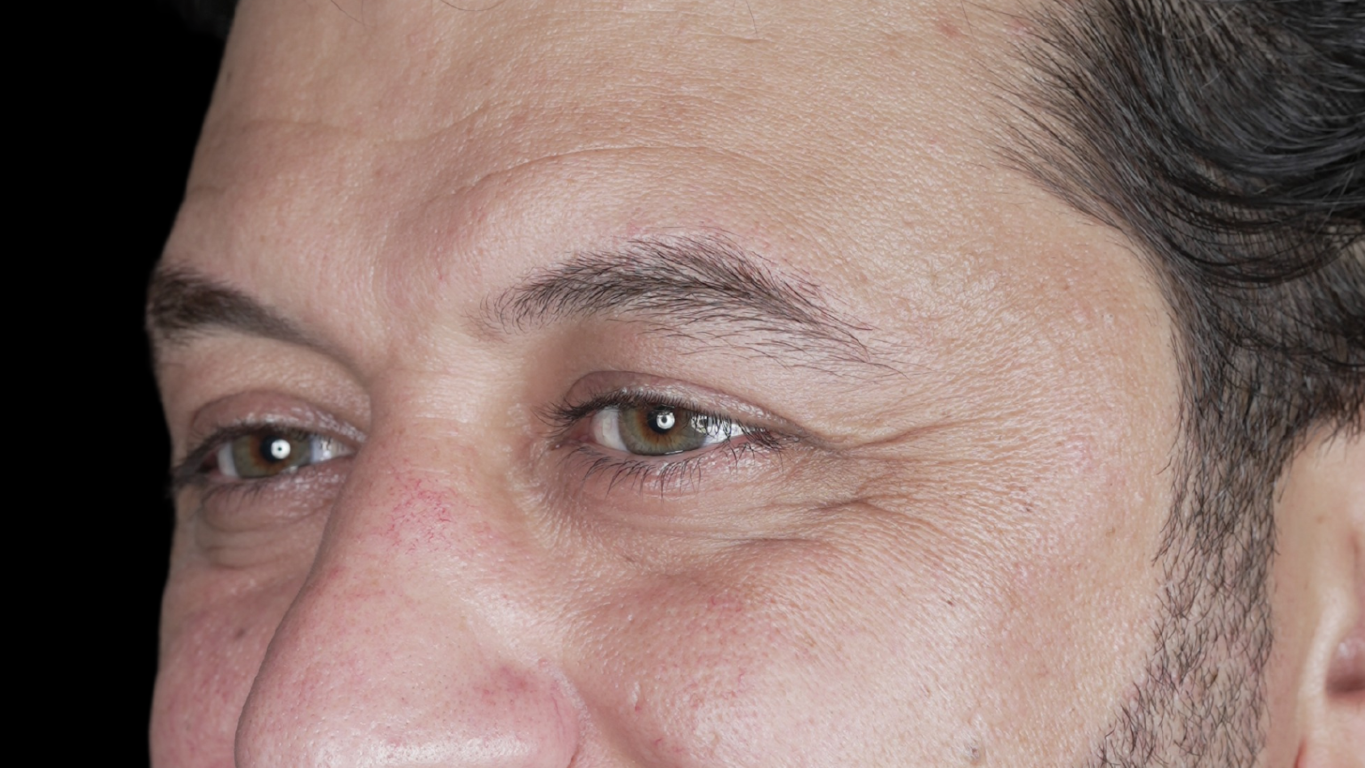
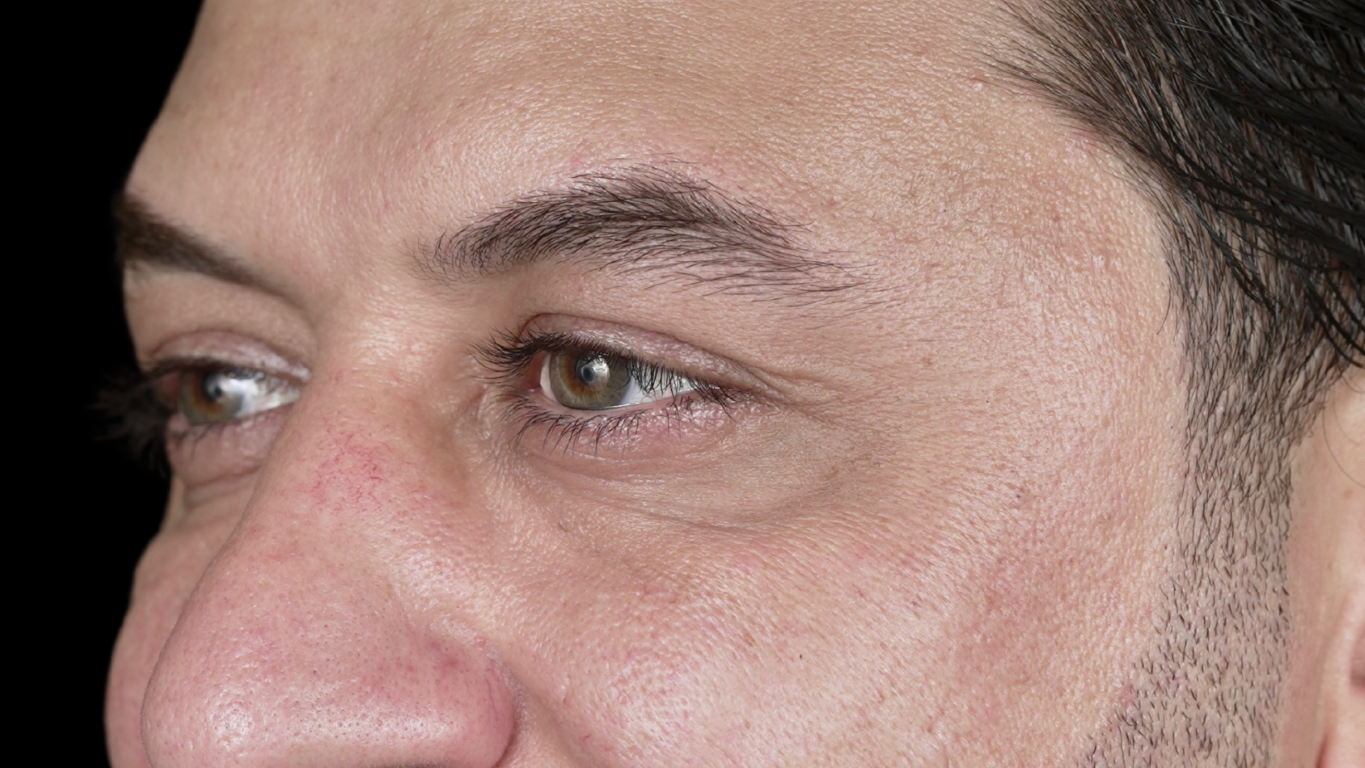
Skin aging alters skin quality and texture in several ways, less collagen and elastin production, more skin dryness and atrophy, less turnover of new skin cells, and less fat cells, with two aging mechanisms: intrinsic factors which are linked to the genetic and hormonal effect, and extrinsic which the lifestyle plays a role here, as smoking, sun exposure, and poor nutrition. As aging affects the skin, it also affects muscle tone and size. Frowning, smiling, and other emotions cause the facial muscles to contract and wrinkle. With age, the skin loses elasticity, so these wrinkles can define clear and become permanent lines. Doing the Botox treatment early helps minimize skin wrinkles and the formation of those lines and ensures that their appearance will be postponed over time.
By injecting Botox into the required muscles at a certain dose (units) depending on the area, it will relax the muscles by blocking some chemical signals from the nerves that make the muscles move.
Botox has evolved into a preventative anti-aging treatment in recent years, intending to soften the movement of facial muscles to lessen the appearance of fine lines and wrinkles before they become deep and permanent. Preventive Botox injections, according to experts, have recently become a more modern and popular technique. Doctors now advise starting Botox injections as soon as wrinkles occur, even if the patient is in his/her mid-twenties to mid-thirties.
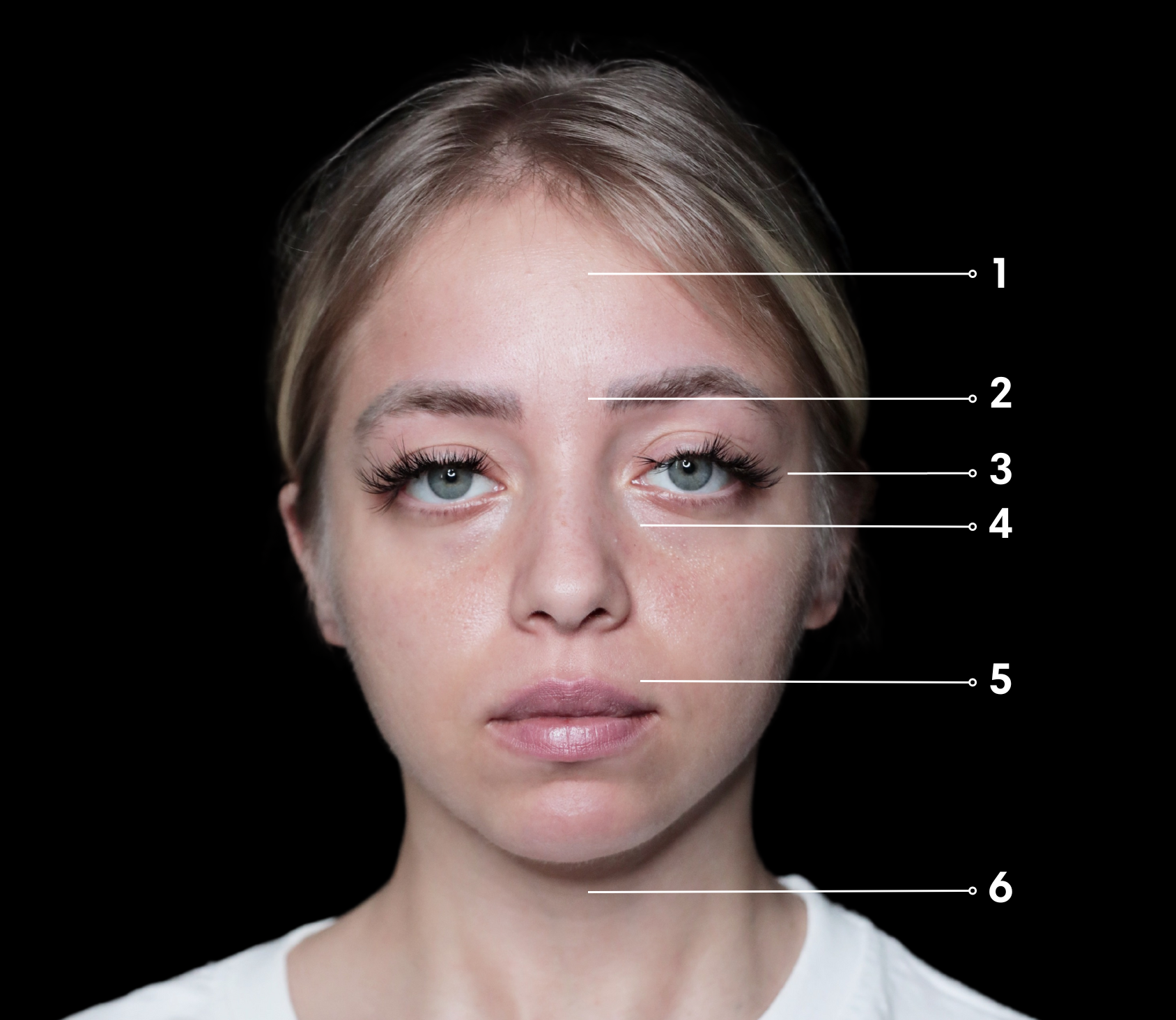
Treatment with botulinum toxin can make the facial expression lines or wrinkles less noticeable or essentially disappear. Areas most frequently treated are:
- Forehead dynamic lines
- Glabellar area of frown lines located between the eyes
- Lateral canthal lines (crow’s feet lines)
- Bunny Lines
- Radial lip lines (smokers’ lines)
- Neck muscles
- Underarm (Axillary area).
Botox is diluted to a very controlled solution and injected into the muscles with a very thin needle, and it is almost painless. During injection, the client may feel a slight burning sensation. The procedure takes about 15-20 minutes, and the results can last for 3 to 6 months. With repeated treatments, the results may tend to last longer.
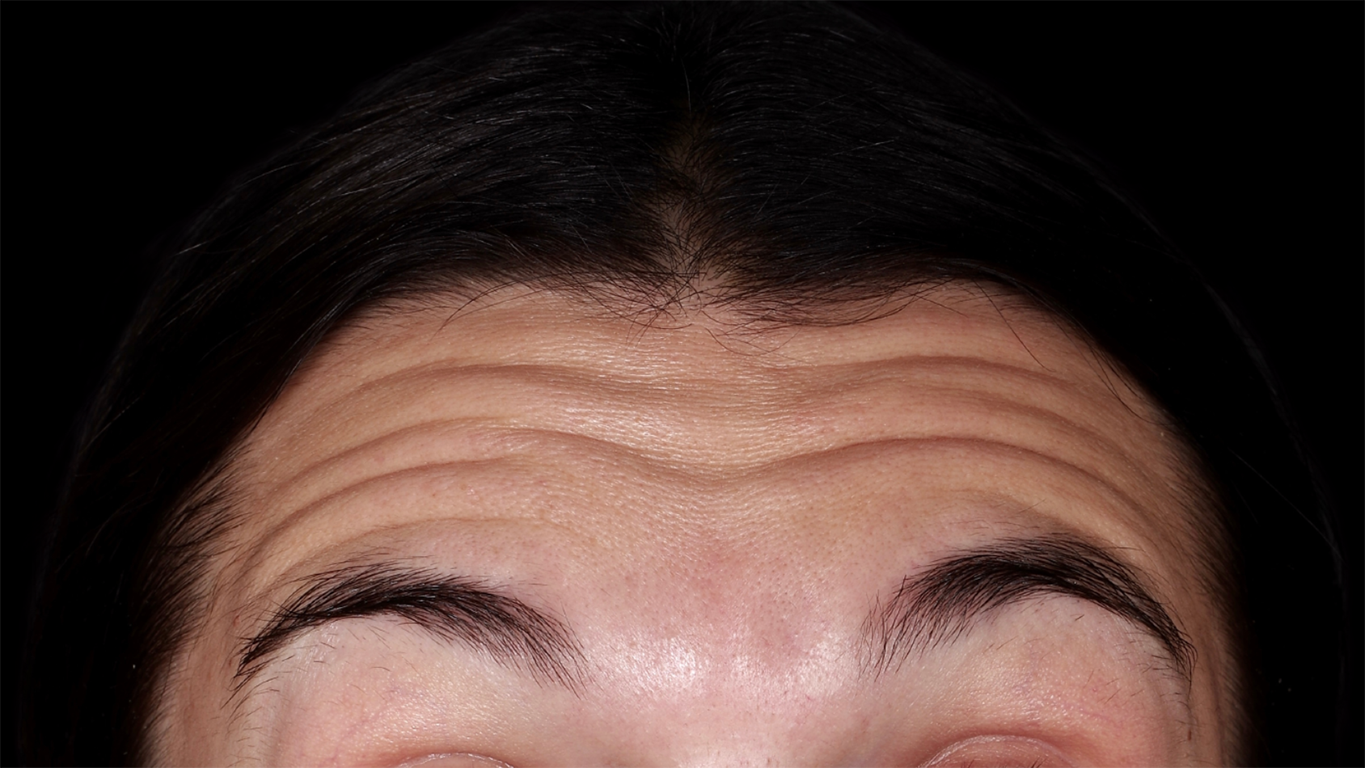
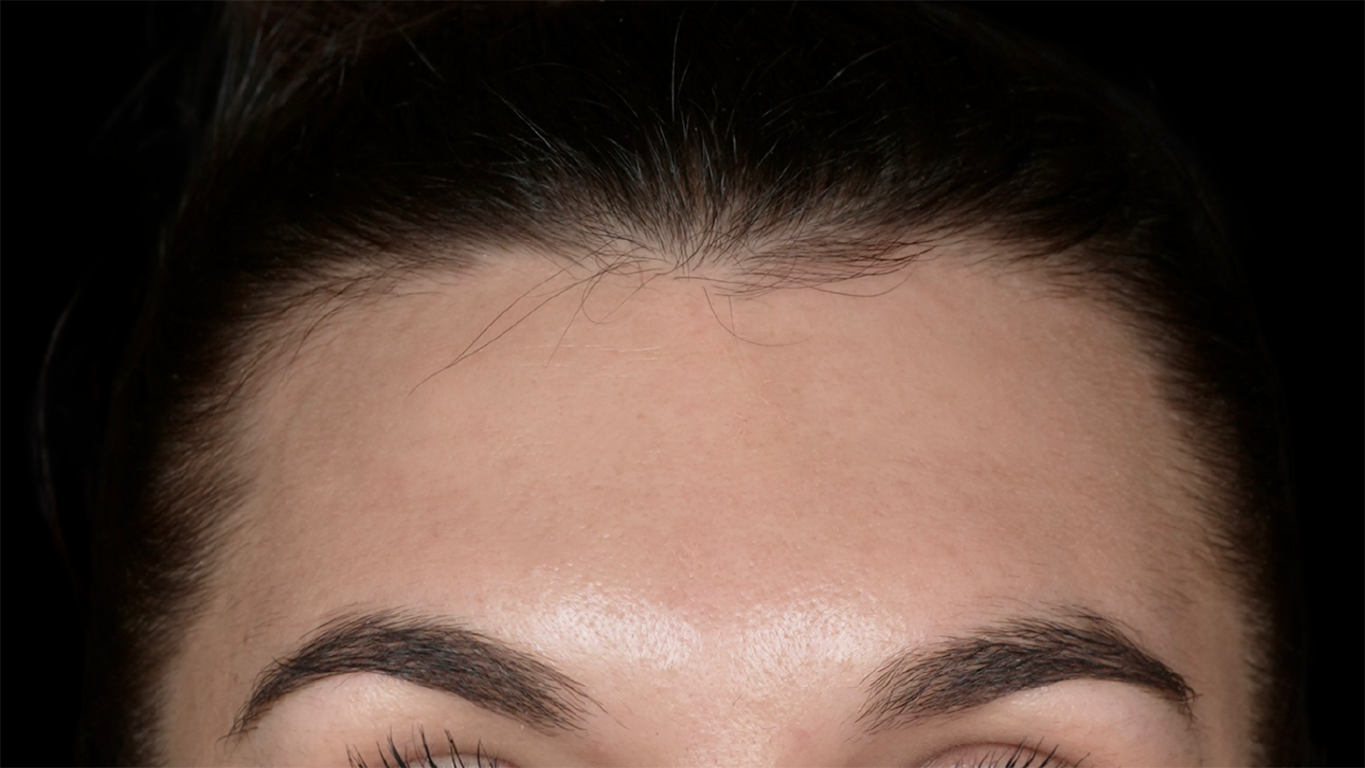
Before having treatment, it is important to understand all the details and get information from credible sources, such as the experience and qualifications of the doctor who will perform the treatment, the treatment plan, the expected results, side effects, and potential risks. Pregnant or breastfeeding women, as well as those planning to become pregnant, should avoid Botox injections. If you are allergic to any of the substances or have a family or personal history of neuromuscular diseases, the treatment should be avoided.
– DO NOT consume alcoholic beverages at least 24 hours before the treatment.
– Avoid anti-inflammatory/blood thinning medications, which can increase the risk of bruising and swelling after injections.
– Schedule your Botox appointment at least 2 weeks before a special event, as the results will take approximately 4 to 7 days to start appearing.
Bruising and swelling also may be apparent at that time. Reschedule your appointment at least 24 hours in advance if you have a rash, infection, cold sore, or blemish on the treated area.- Be sure to have a good breakfast, including food and drink before your procedure. This will decrease the chances of lightheadedness during the treatment.
Performing Botox injections can be tricky because everyone has different facial muscle movements. We need to ensure that the toxin will only affect the specific target muscles. Thus, we need to decide on how much, where, and how deep to inject to prevent surface migration of the toxin. Wherefore, For 48 hours after doing the Botox treatment, you should avoid touching or massaging the treated region, the toxin can migrate into the upper eyelids and inactivate the levator palpebrae, the muscle that holds the upper eyelids up, and may cause lid ptosis and brow ptosis.
– Avoid sun exposure and hot showers, as this may affect the effectiveness of Botox.
– DO NOT lie down for 4 to 6 hours after Botox treatment to prevent eyebrow drooping.
– DO NOT perform activities, such as heavy lifting or strong exercise, for two days after treatment. This will keep Botox in the injected area.
– DO NOT do facial/laser treatments or microdermabrasion after Botox injections for at least 10 – 14 days.
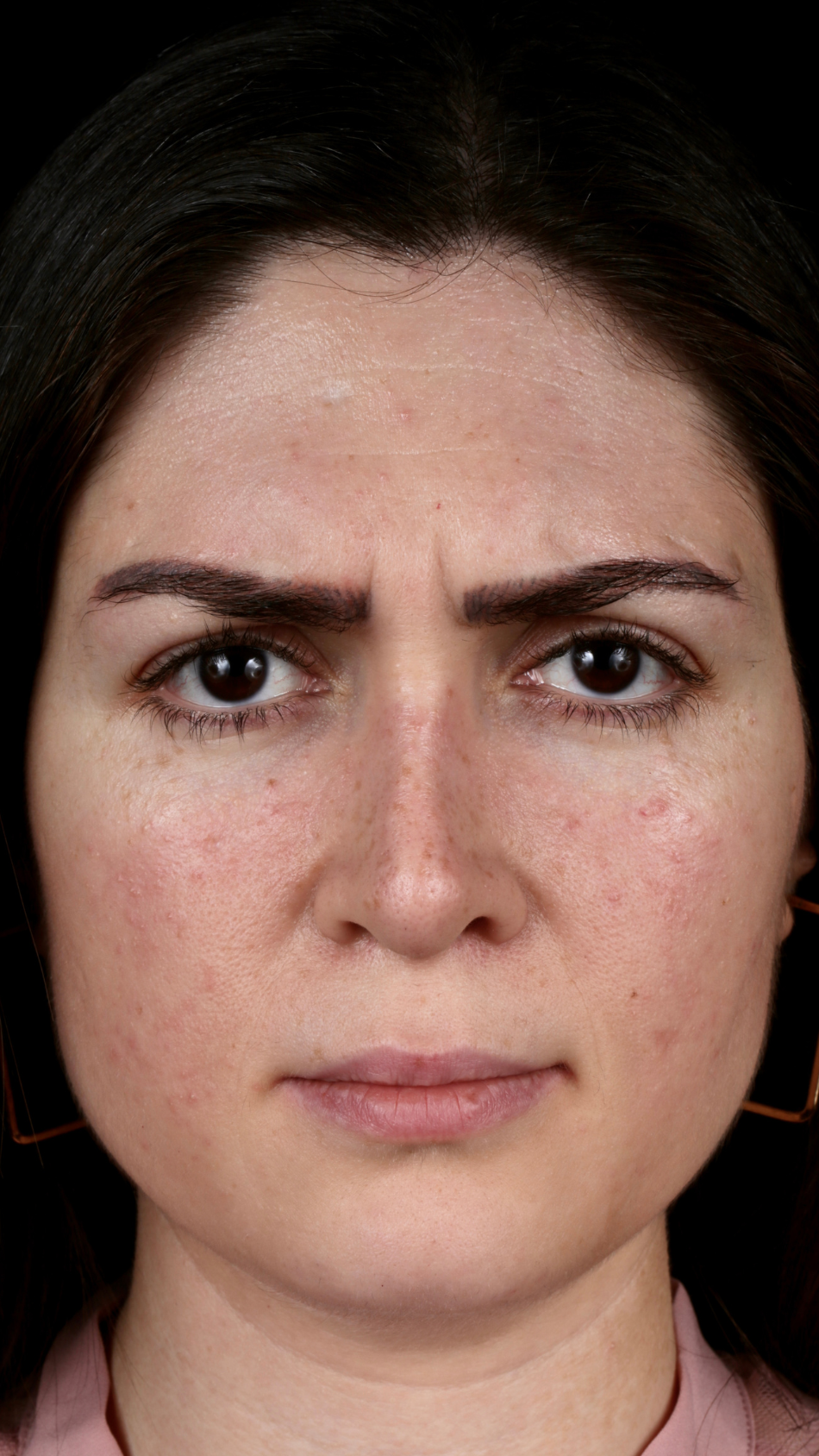
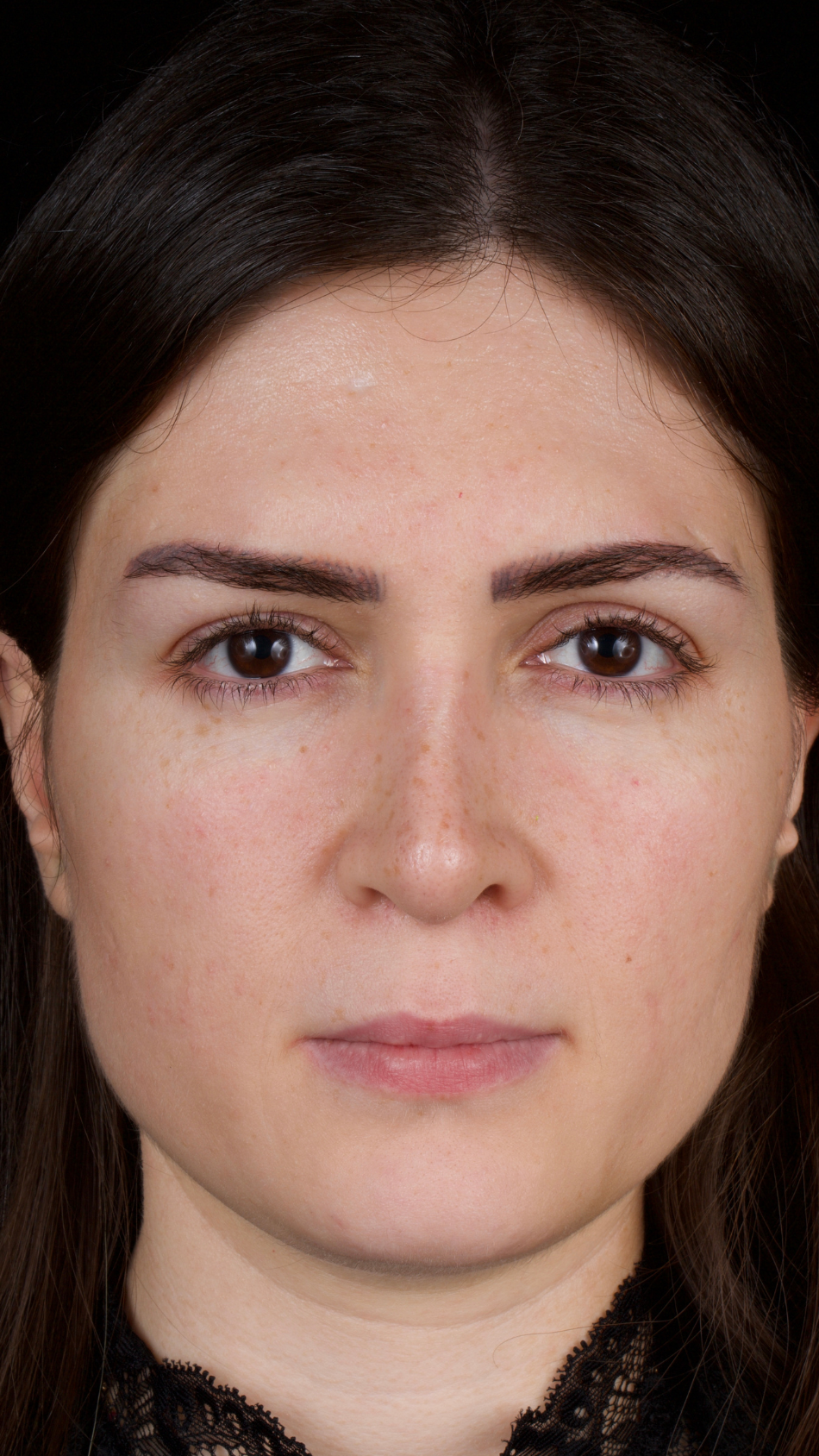
The results will take approximately 4 to 7 days to start appearing, and last between 3 to 6 months. This depends on the nature of each person, and on the lifestyle.
After your first visit, it is possible not to experience a complete block of desired muscles. Additional injections to reach the desired level of block can be performed after two weeks until the goal is achieved.
One treatment will only result in’temporary improvement’, so it is important to follow up the treatment at certain intervals and by following the doctor’s advice. This ensures the continuity of results. Otherwise, wrinkles will reappear
as they did before the treatment, and the longer the interruption, the larger they become.Resistance to the botulinum toxins can occur in some patients if neutralizing antibodies develop. This is noticed when a patient initially responds well to botulinum toxin, but then experiences a decreased effect or no effect after the treatments, the main reason is not clearly known, but some studies showed that higher doses and more frequent treatments of botulinum toxin can increase the risk of Botox resistance, and some claiming that, the genetic factor has a hand in it.
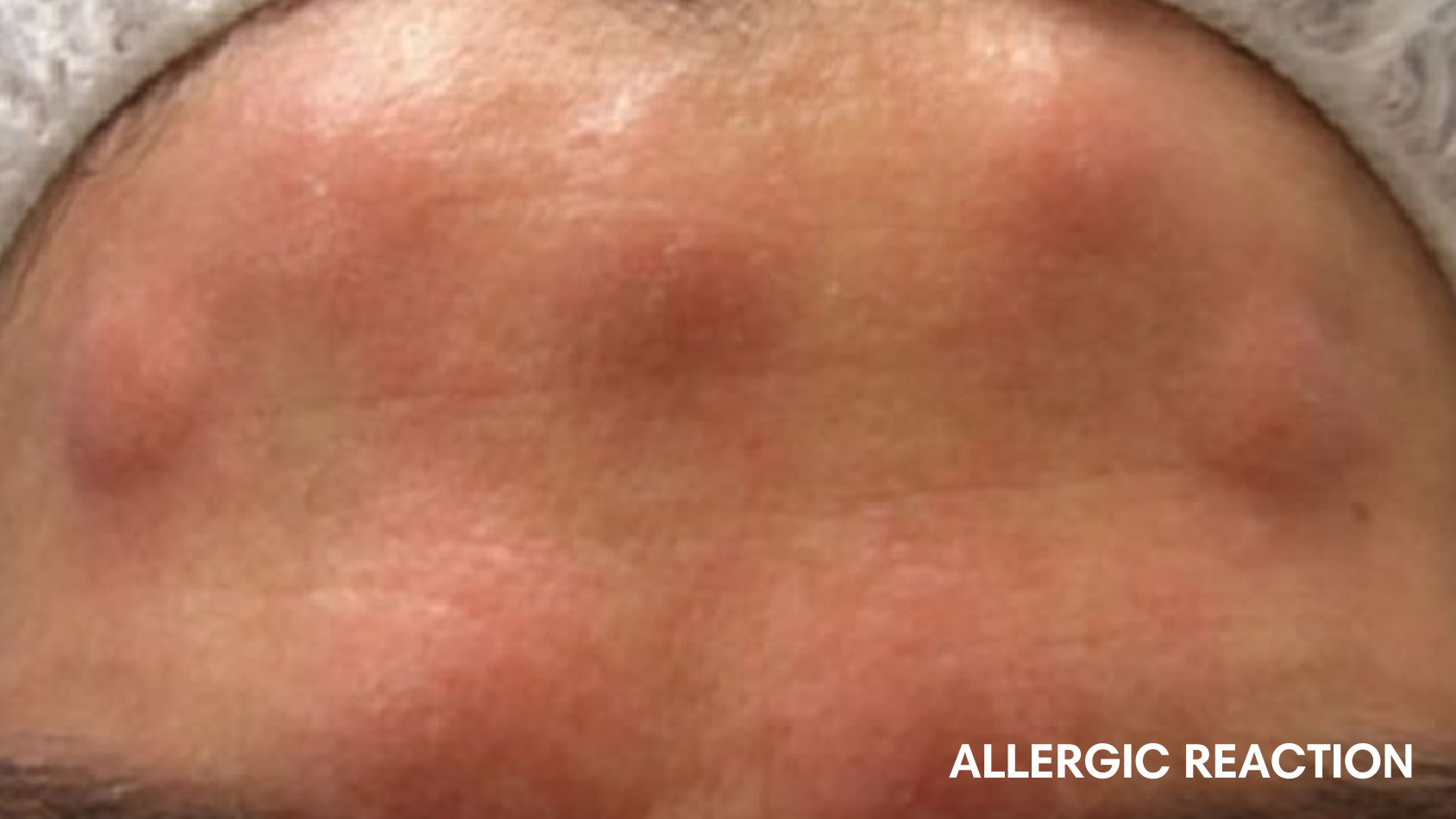
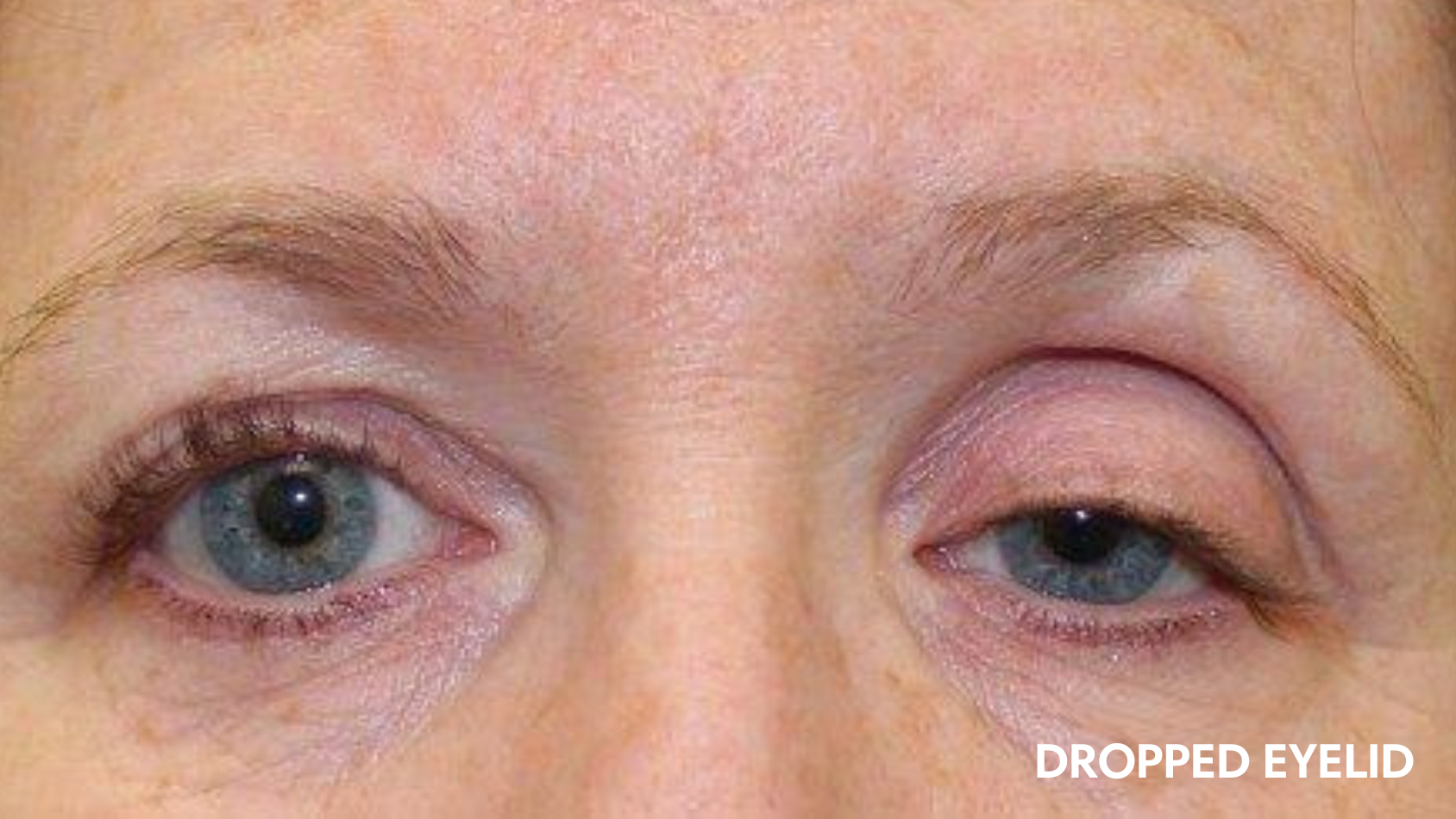
Before undergoing this procedure, it is essential to understand its side effects. These can include discomfort after treatment, temporary headache, swelling, redness and bruising, heavy sensation or occasional numbness may occur on the forehead area that lasts for 2-3 weeks, rarely double vision, weakness of the tear duct, bacterial and/or fungal infections after treatment which require further treatment, allergic reaction, flu like symptoms, temporary drooping of the eyelid in about 2% of the cases, usually this lasts 2-3 weeks, brow ptosis which doesn’t just happen after a bad Botox injection, it can also occur in people with pre-existing lid ptosis or with heavy eyebrows, asymmetry, human face, and eyelid region is normally asymmetrical with respect to structural anatomy and function. There can be a variation from one side to the other in terms of the response to BOTOX injection.
Botox’s negative effects, depending on the injection spot, might lead to muscle paralysis, eye issues, difficulty breathing, and difficulty swallowing, according to the US Food and Drug Administration (FDA) in 2009.
If any of these effects got worse, the doctor should be informed.
Remember that the full effects of Botox injections won’t be seen until after 14 days. What looks uneven today can look perfect the next day.
The disappearance of headache symptoms was observed among several people who received Botox treatment for wrinkles in 1992, and several tests of the drug were performed on people who suffer from chronic migraines. In 2010, Botox was approved as a treatment for migraines, despite some doctors’ objections. Most doctors praised the treatment’s efficacy and preferred the placebo effect.
Botox was approved as a treatment for excessive sweating in 2004 after doctors discovered that people who had Botox treatment for facial wrinkles sweated less. It was approved as a successful treatment in the treatment of axillary hyperhidrosis as well as excessive sweating of the hands and feet after several studies.
Considering that facial expressions post Botox injections might affect a person’s mood, 2014 reported that Botox played a role in lowering depressive symptoms in 52% of participants in this study. However, clinical research to examine if Botox can help with depression is still being conducted.
This article is Medically reviewed by : Dr. Iman Itani MBBS.GP. Aesthetic doctor.
